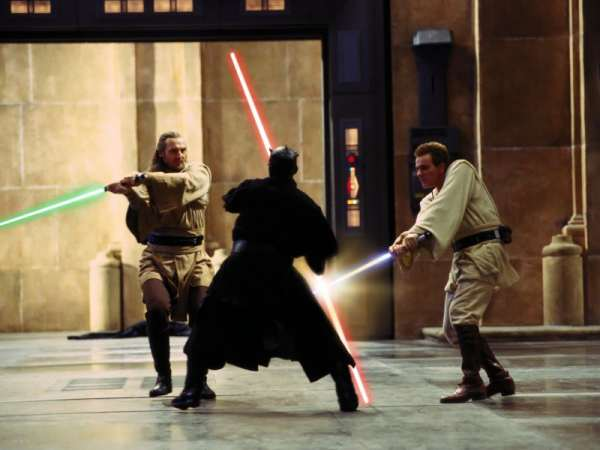On the principles of fencing: Technique.
 In a previous post, I talked about the general principles of an armless duel and the preparation of an attack. I thought about switching to weapons, then to armor, and so on, but I realized that I still had to talk more about technology. Otherwise, one would have to make regular digressions, which would hardly have a good effect on the structure of the narrative.
In a previous post, I talked about the general principles of an armless duel and the preparation of an attack. I thought about switching to weapons, then to armor, and so on, but I realized that I still had to talk more about technology. Otherwise, one would have to make regular digressions, which would hardly have a good effect on the structure of the narrative.
Since this is not obvious to everyone, I’ll say again – I write these posts primarily for people who are not familiar with fencing. This is not a textbook, but popularization, my goal is to acquaint, not teach. That is why I simplify and try my best to avoid details. If you think that somewhere I’m wrong (and this may indeed be so, because I may not have enough system knowledge), write in the comments.
So let’s go.
A stand is the position in which the fencer is when nothing happens. From this position it should be convenient both to attack and defend. After each action, if another one does not follow, the fencer returns to the rack.
A close concept is position. It means a certain position of the body and arms, and often these words can be used as synonyms. However, sometimes a position, unlike a stand, does not imply that the fencer will be in it for a long time – it may be some kind of intermediate position from which the transition will occur in one way or another.
Traditionally, positions are indicated by Latin numbers: prima, second, third, fourth, fifth, fifth and sixth. If you read the witcher, you probably met these words – Mr. Sapkowski decided to show off 🙂
There are two main types of attack – kick and prick. They differ in the trajectory of the blade – when it hits, it moves along a circular path and hits the target with a blade, and when shot, it mainly along the axis of the blade and hits the tip. There is still a rez – carrying out a lezkie on the target with effort, but it rarely acts as the main attack, since the blade should already be near the target to start the cut. Well, any exotic type of blows pommel, guard and the like.
Yes, an injection is often associated with an attack, as they are usually performed together. However, these are different things! Lunge is movement, and an injection is an attack. It can be either a lunge with a blow, but not an injection, or an injection without an attack, and, for example, with a step.
Regarding what is more effective – a blow or an injection, holivars were conducted back in those days when it was a purely practical matter. Characteristically, the opposing sides sometimes made the same arguments: for example, George Silver in the “defense paradoxes” claims that strikes are much more deadly than injections, and Antoine-Fortune de Braque in his book “Outposts of light cavalry” writes that “death strikes are injections, others only hurt. ”
In general, the effectiveness of a particular attack method depended on the weapon, school, conditions, and personal preferences.
Blow (Polish saber)
The purpose of the defense, as it’s not hard to guess, is to prevent the enemy’s blade from hitting your carcass. There are three ways to do this:
1) Stop the blade
2) Change the path of the blade so that it ceases to be threatening
3) Remove your carcass from the impact
Sometimes the first is called blocking, the second is called parry, and the third is evasion. But often, any defense is often called a defense as a blade, and evasion can cause incorrect associations, so I will try to do without these terms.
So, to stop the blade, you must create an insurmountable barrier in its path. For example, a shield, if any. Or your blade. However, there is an important point. You can substitute your blade under the blow, but not under the injection. You can protect yourself from an injection in this way only with a shield or something like that.
The second option, changing the trajectory of movement, is more universal, although it is more often used against injections. Protection is either a blow to the blade, or simply pressure without breaking the contact. In any case, if everything is done correctly, the enemy’s blade continues to move, but already to the side. And stopping the blade is already the attacker’s task. In this case, usually the impulse for changing the trajectory is needed less than for a complete stop, so this method of protection is more suitable for fragile blades – Japanese katanas, later European swords. Even there are bare-handed defenses, though very situational. However, despite the advantages of this method of protection, it is technically more complex and makes it more vulnerable to false attacks.



